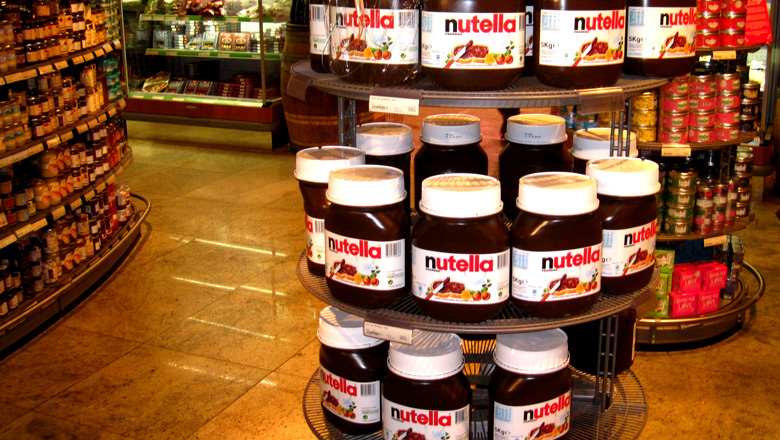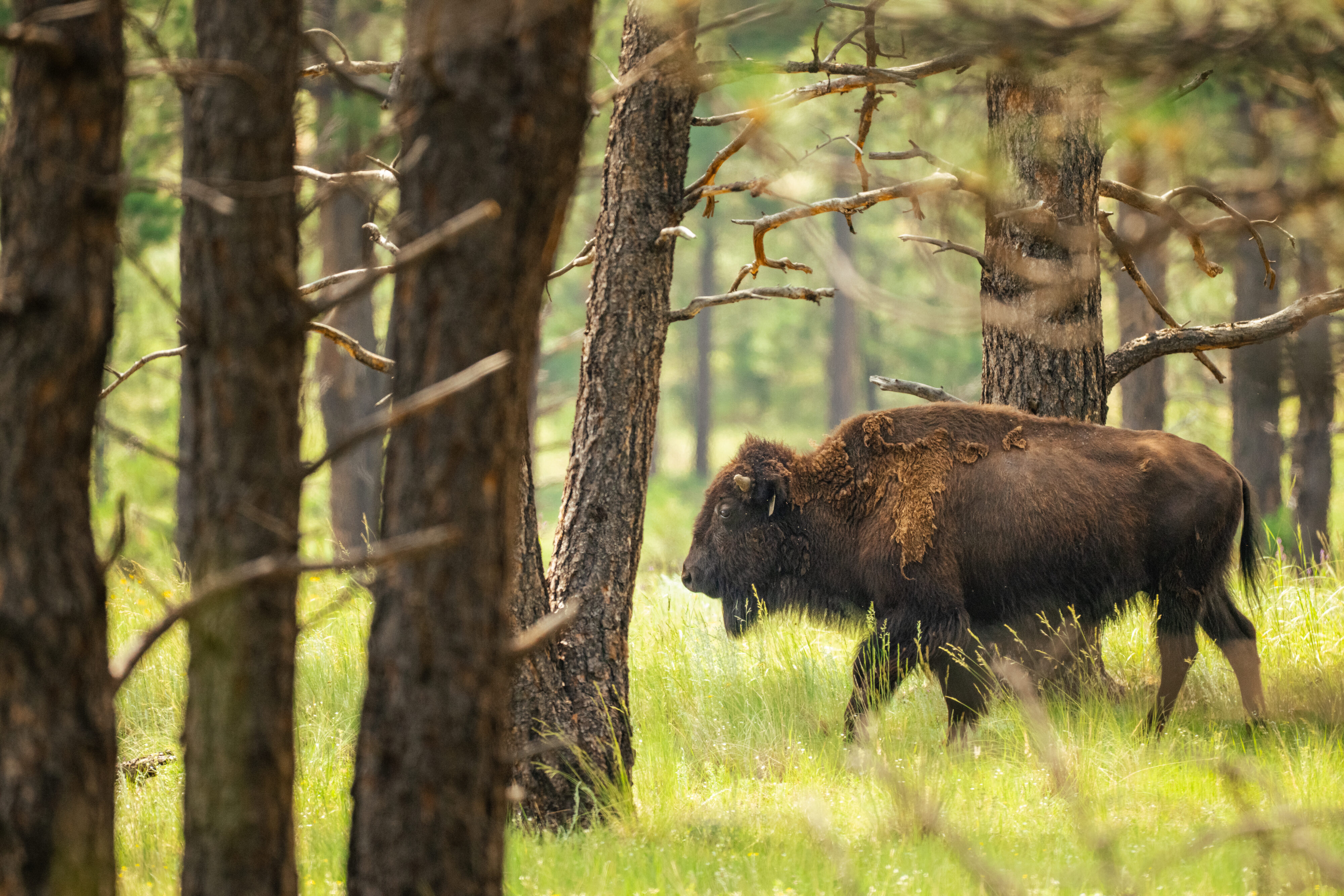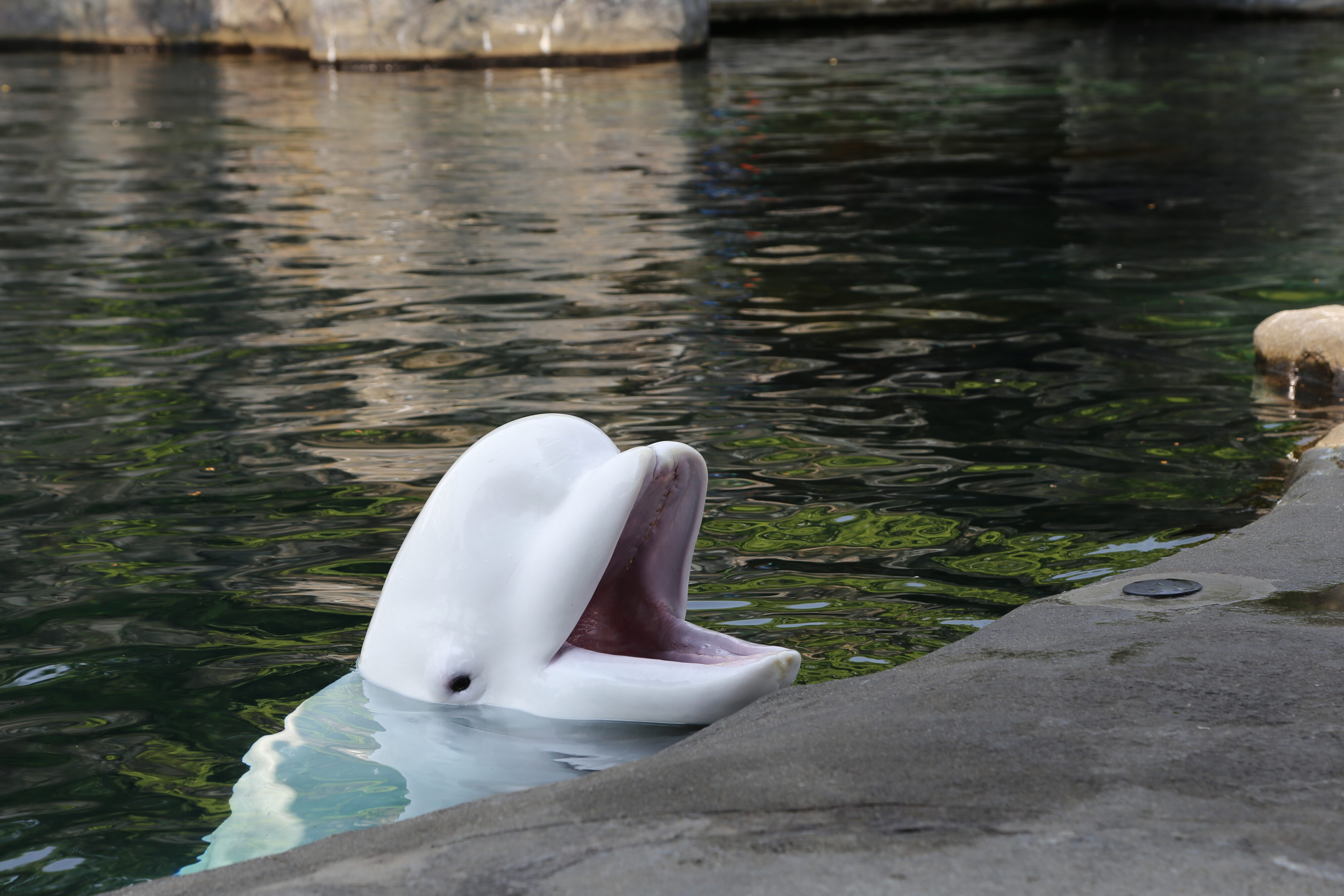
Can Nutella Make People Care About the Food Supply?

Warm, gooey and now … insanely expensive? Nutella, a hazelnut-based product, has taken the U.S. by storm, but now this breakfast treat might be out of your price range as a result of frost that destroyed hazelnut crops in Turkey last year.
In each average-sized Nutella jar, there are about 94 hazelnuts, and every year, over $2.4 billion worth of Nutella is sold. That’s a lot of hazelnuts, and now that the wholesale prices of hazelnuts are increasing by more than 60 percent, the tasty treat may become so expensive that it becomes unsustainable as a snack food.
As a college student, I have seen firsthand exactly how many different ways Nutella can be used in a semi-broke student’s life. Last year, I watched a boy use Nutella as makeshift glue after he put it on his pretzels.
So just maybe, I thought, this Nutella problem has the potential to raise awareness about climate change among the younger demographic that considers the product a staple. It can be difficult to see the bigger picture when climate change isn’t directly affecting you.
Earlier in 2014, students across my college campus were horrified at the prospect that they would no longer have to say, “I know guacamole is extra,” at Chipotle, not because it magically became free, but because avocado crops were being heavily affected by global warming. The prices of avocados could increase so much that Chipotle warned in a securities filing that they might have to temporarily discontinue their guacamole option. A true American horror story, no?
As frightening as pricey Nutella or a guac shortage may seem to a 20-year-old, it is minor compared to the daily struggle of the estimated 805 million chronically undernourished people in the world. Food insecurity is a global issue that demands solutions, and it’s hard for college students to understand the severity of this epidemic until the prices put favorite treats well out of a college student’s budget.
Our Earth is in trouble, but I feel fortunate to be a part of the generation that will be the next leaders, policy makers and business owners. We have a chance to work toward a cleaner and healthier future. However, everyone in my generation needs to be of this same mindset to make change happen.
In January of 2014, a Pew Research Center poll showed that climate change was “ranked second to last among 20 issues” on the public’s priority list for the government. Political instability in Pakistan and North Korea’s nuclear program were both ranked higher than global change. Don’t get me wrong, those are very important issues, but worldwide food shortages and destroyed crops are a common denominator for all countries and deserve more attention.
Maybe when favorite treats start to disappear from daily life, people will start to ask questions and look for solutions. First, hazelnuts are too expensive, and then the price of sugar is raised. Then, Starbucks around the world begin to close because coffee had a few bad years. And then what? Will we have a black market for corn?
Our generation cannot afford to take climate change seriously only when something drastic and irreversible has occurred. We should be thinking now about the environmental consequences that result from our dangerous habits.
We’re not going to lose Nutella entirely – there are enough hazelnuts to keep production going, but it’s going to cost us. But even if the college student diet staple does remain the same, that isn’t the point. A shortage scare of a chocolate-like spread shouldn’t be what finally makes young Americans think about climate change.
Clutch onto your jar for dear life, this ride is only just beginning.
Top photo courtesy of S Smith.

























